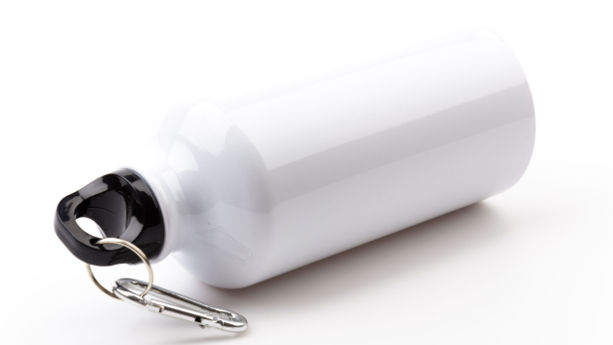
Planning to import or export stainless steel drinking bottles to the European Union? In this article, we introduce you to food contact materials regulations, documentation, labeling and substance restrictions applicable to stainless steel bottles.
Mentioned Products
- Stainless steel drinking bottles
- Stainless steel baby bottles
- Food contact material
Content Overview

FREE CONSULTATION CALL (30 MIN)
 Ask questions about compliance requirements
Ask questions about compliance requirements Countries/markets:
Countries/markets:
 Learn how we can help your business
Learn how we can help your business
You will speak with:Ivan Malloci or John Vinod Khiatani
EU Food Contact Materials Framework Regulation
The European Commission has legislated the Regulation (EC) No 1935/2004, stipulating the safety standards for all Food Contact Materials (FCMs) and building a harmonized system for FCM supervision.
The Regulation applies to all FCMs, including stainless steel drinking bottles. In particular, it requires that FCMs :
- do not release their constituents into food at levels harmful to human health
- do not alter food composition in an unacceptable way
- bring about changes in the taste or odor of the food
Restricted substances
Stainless steel bottles imported to the EU market must not contain any hazardous substances above the specified limits, including aluminum, barium, cobalt, copper, and zinc.
Risks
Manufacturers outside the European Union don’t produce EU compliant food contact materials by default. As compliance cannot be taken for granted, importers must both verify the supplier’s existing compliance track record and provide clear instructions to the manufacturer.
FCM lab testing
If you want to see whether your stainless steel bottles are compliant with the EU FCMs laws, we recommend you to contact a third-party testing company, such as SGS, Bureau Veritas, QIMA, and Intertek for further material analysis information.
Testing costs
The costs of the FCM lab-tests generally range from $200-$300 for each item, depending on the product material, weights, and colors. Contact lab-testing companies for more pricing information.
Declaration of Compliance (DoC)
The purpose of the Declaration of Compliance is to inform the customer about standards, test results, product specifications, importer profile, and other relevant information.
If you are importing stainless steel bottles to the EU market, you must self-issue a DoC, and includes the following information:
- Company
- Address
- Product name
- Date
- List of EU FCM regulations/standards
- Types of food or beverage the FCM product is made for
- Treatment (e.g. storage, time and temperature)
Also, here is a sample document of DoC.
Read more
If you still have questions about DoC, please check the official EU website.
Product Traceability
The goal of the traceability code is to inform consumers about the authenticity and origin of the products. Here is an example of what should be included in the traceability code:
- SKU
- Manufacturing date
- Production facility
- Country code
Example: SKU-XXYY-01-US
GMP
In order to ensure the quality of the product, the EU requires that manufacturers implement a sound and approved system during the process of production, which is the cornerstone of Good Manufacturing Practice (GMP). Here is an overview of the GMP requirements:
1. Materials are pre-selected and procured to ensure that the finished product is compliant.
2. The production and quality assurance process is carried out according to pre-established instructions, which ensures that the finished product is compliant.
3. Quality control and verification system is established
4. The production facilities must be fit for purpose
This comes down to create a file that includes your quality control processes, lab testing processes, order documents, product specifications, company certificates (e.g. ISO 9001) and other relevant documents.
Learn more
Learn more about GMP in this guide on the official EU website.
Food Contact Material Symbol
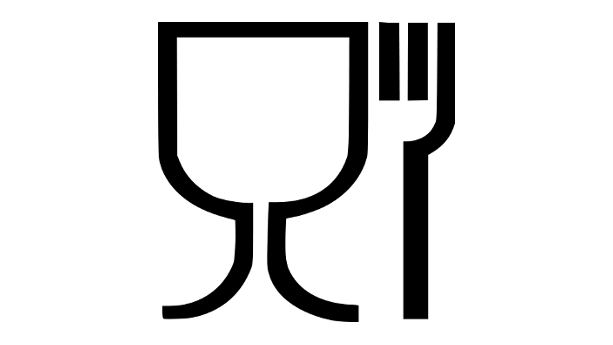
Food contact materials sold in the EU market must contain the glass/fork symbol only if it’s not obvious that they are designed to enter in contact with food and they do not contain any food or drinks when put into the market.
REACH
REACH regulation was first introduced in 2007 with the purpose of restricting the substance volume of hazardous substances used in l products sold in the EU market. Therefore, before you import your stainless steel bottles to the EU, make sure your products are compliant with REACH.
Here are a few examples of regulated substances:
- Lead
- Cadmium
- Mercury
- Iron
- Zinc
Substances of Very High Concern (SVHC)
Substances of Very High Concern (SVHC) represent a list of restricted chemicals and heavy metal substances. Such a list is subjected to the supervision of the European Union. It is updated annually, even though without regular scheduling, in order to cover as much relevant hazardous substances as possible.
If you are importing stainless steel bottles to the EU, it is necessary that your products are compliant with the regulations of the local market. Therefore, always have your products lab-tested by a certified lab-testing company.
You do not need to learn all the information about the SVHC list since this is a service include by the lab-testing companies.
Lab testing
Companies that offer a full range of REACH testing services include SGS, Bureau Veritas, QIMA, and TUV. If you want to avoid all the troubles brought by selling incompliant products in the EU, we strongly suggest that you always have your products lab-tested before mass production by an accredited company.
Testing companies
REACH testing is quite common and there are many labs that offer it; here some of the leading labs for this test:
- QIMA
- Bureau Veritas
- Intertek
- SGS
- TUV
You can find more companies in this guide.
Costs
The cost of a REACH compliance test usually is at least $200, depending on the quantity and quality of the testers.
Learn more
Find out more about REACH lab testing within this guide.
General Product Safety Directive (GPSD)
The General Product Safety Directive (GPSD) governs all products, regardless of the presence or absence of EN standards specific to them.
To comply with the GSPD, the importer must confirm that the product poses no hazard to any consumer in any age group, from infants to the elderly.
GPSD Documentation
We strongly suggest that you create a risk assessment file that helps build up the safety standards for your manufacturing process.
GPSD Testing
Importers may choose to perform the safety assessment themselves or outsource the process to a third-party testing firm.
CE Marking
GPSD itself doesn’t require the CE Mark. However, if your product is covered by a CE mark directive, the CE mark is mandatory.
Directive 94/62/EC: Packaging Regulations
European Parliament and Council executed directive 94/62/EC since 20 December 1994, stipulating the materials used in packaging and the disposal of packaging waste issues. This directive is also applicable to the stainless steel bottles sold in the EU market.
Click here for full content of the directive.
Heavy Metals Restrictions
Directive 94/62/EC requires that hazardous substances in the packaging, most notably heavy metals such as lead, mercury, and cadmium, must not exceed the required limit.
You will be required to contact a third-party lab to test for compliance. Labs that perform packaging materials testing include Intertek, SGS, TUV, and QIMA.
Additional Packaging Information
1. The structure of the packaging and choice of materials should readily lend themselves to the collection, reuse, and recycling.
2. The packaging may also need to prominently display compliance marks and other requisite labels.
Amazon Europe Compliance Requirements
Amazon strictly enforces mandatory EU product standards and usually requires all products sold on its platform to comply with the highest possible safety standards, even beyond the minimum required by law.
To avoid having Amazon remove your listing, the first step is to familiarize yourself with its requirements for the stainless steel bottles you plan to sell, which you can find on Amazon Seller Central.
How does Amazon check product compliance?
Amazon can decide at its discretion to review a product for compliance for your stainless steel bottles, during which process it may request from you lab test reports, certificates, product photos, and invoices.
What can happen if we sell non-compliant stainless steel bottles on Amazon?
If Amazon finds your product to be non-compliant, it is likely to remove your listing, possibly even preemptively purging all your product listings or suspending your account, Though this is rare for a first violation.


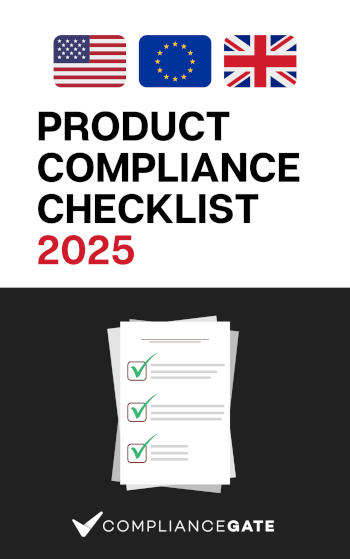




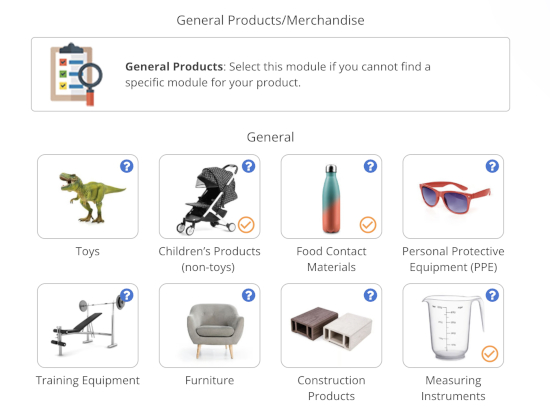





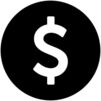
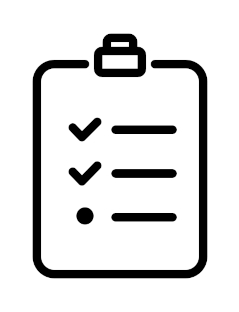


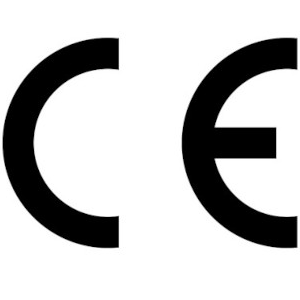




.png)
.png)
.png)
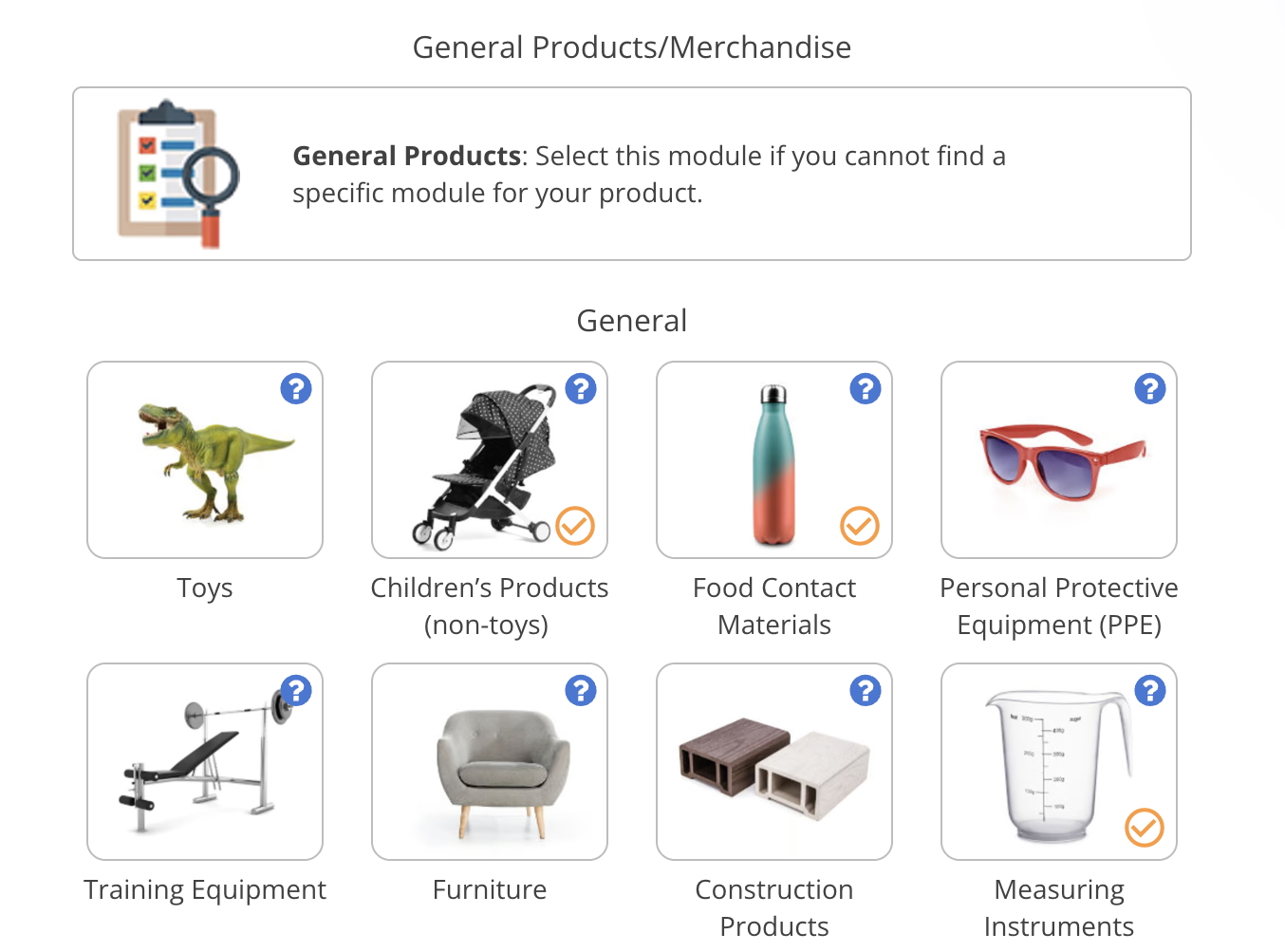

I saw that you are doing a webinar today on labeling. Is the same webinar available another day or by recording? I’m worried I won’t be available to see the entire recording.
Thank you!
Hello, I’ve noticed that some vacuum and pump action flasks have the CE logo but can’t find which directive they are under. I know that EN12546-1 is food safety but that doesn’t come under CE.
Hi Ross,
Perhaps the Simple Pressure Vessels Directive?
https://ec.europa.eu/growth/sectors/pressure-equipment-and-gas-appliances/pressure-equipment-sector/simple-pressure-vessels_en#:~:text=The%20directive%20entered%20into%20force,a%20set%20of%20SPVD%20Guidelines.
Some suppliers just print the CE mark just to be “on the safe side” although it does not apply in the first place